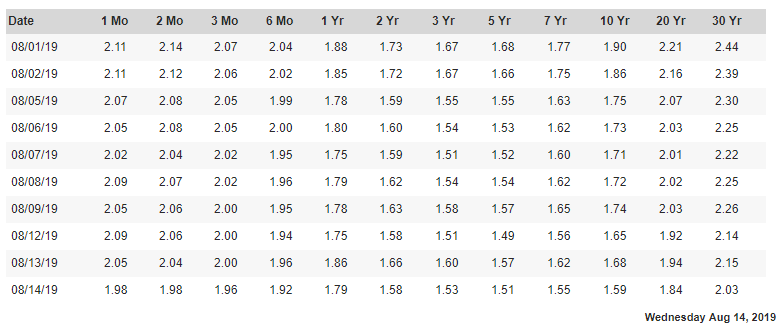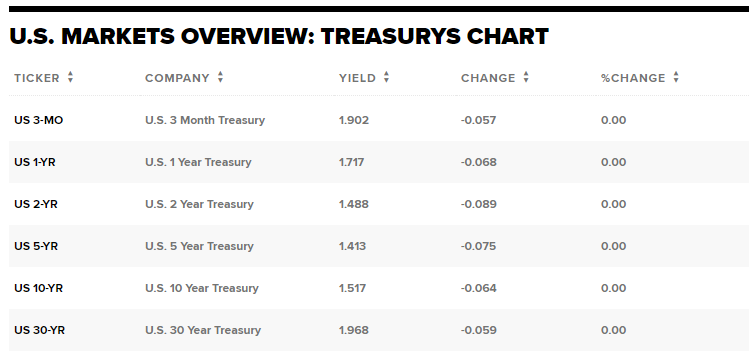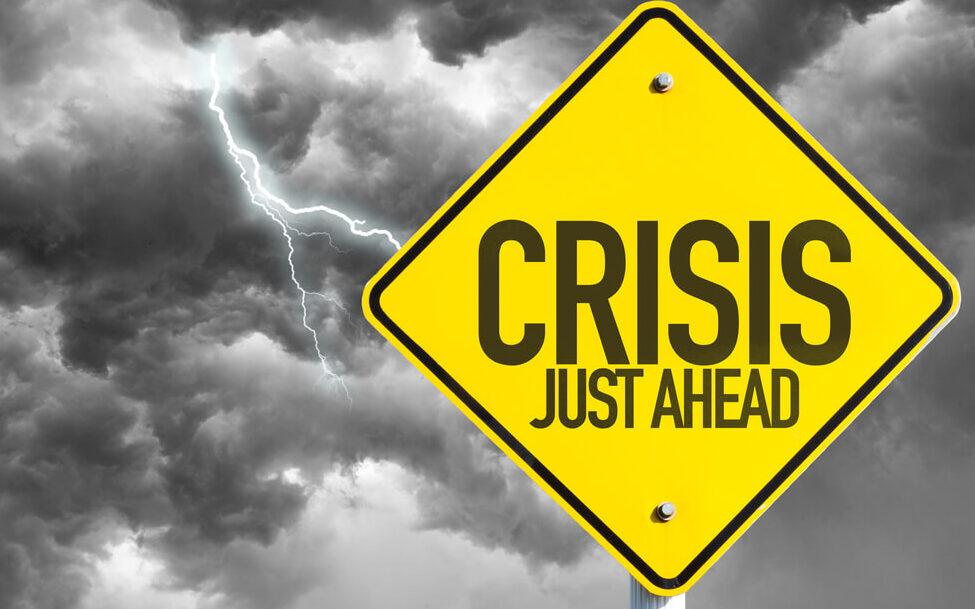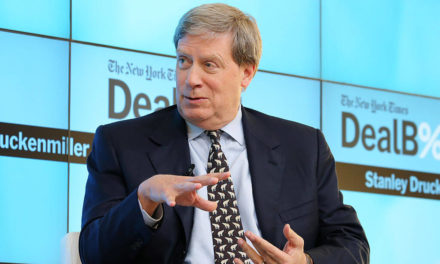Investors are piling out of the volatile stock market and piling into the safety of U.S. government bonds, pushing yields down into record-low territory.
The yield on the 30-year Treasury bond fell below 2% for the first time ever on Thursday, and the 10-year Treasury note sank to a three-year low of 1.5%, according to CNBC.
Bond yields move inversely to price, and the historic recent drop in yields comes just after the dreaded inversion of the yield curve on the 10-year and 2-year Treasurys, which is a prime recession indicator and sometimes referred to as one of the Four Horsemen of economic apocalypse.
Daily Treasury Yield Curve Rates:

“The yield curve inverted, which created a temporary ‘pile on’ effect in the bond markets,” The Sevens Report’s Tom Essaye wrote, according to CNBC. “We have absolutely not seen what we wanted to out of the Fed. We had hoped for a rally in the 10-year yield and a widening of the 10s-2s spread. The exact opposite has occurred, and at this point currency and bond markets are no longer flashing ‘caution’ signs on the U.S.-global economy and risk assets, they are flashing a ‘warning’ sign —loudly.”
That part of the curve had gained some positive momentum Thursday, but just a little.
“The 30-year yield in itself is historic given that it is moving to massive lows but the curve inversion is typically the signal, one of the better signals you can get that there is increased risk of recession,” Bank of America technical strategist Stephen Suttmeier told CNBC.

The stock market cratered on Wednesday — the worst day of the year for trading so far — with the Dow sinking 800 points, the fourth-largest drop ever, sending investors heading for Treasurys.
Futures took a big bounce early Thursday morning after some conciliatory language from China on trade, but then sank slowly lower as the day wore on. All three major indices were close to flat at about 2:45 p.m. EDT.
“The seasonality and the inversion signals are aligned here. Meaning that, you get a dip after inversion into October, November and then a rally, we could be set up for a rally based on the inversion signals from November into January,” Suttmeier said.




